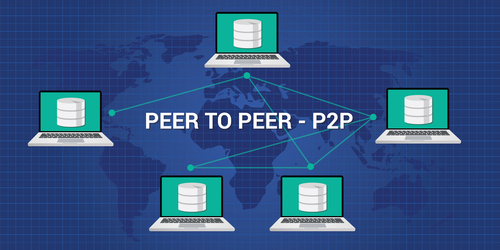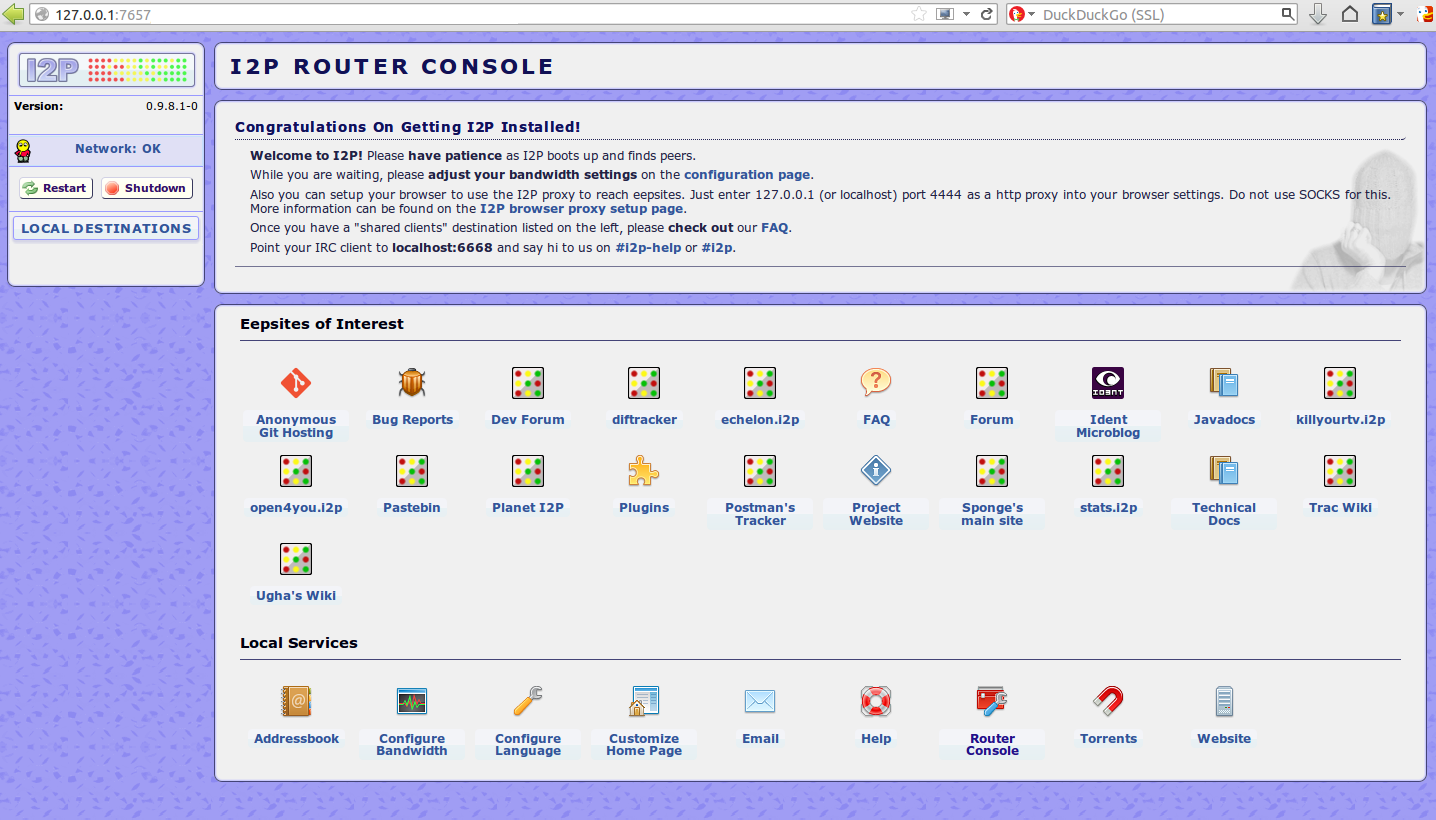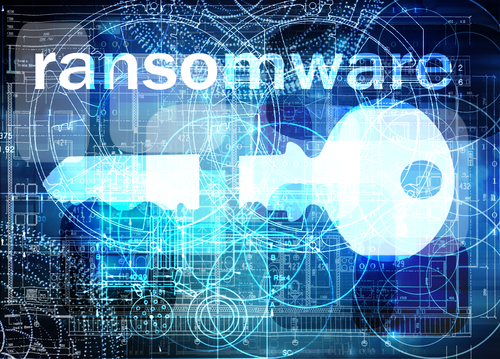
The Privacy Pros and Cons of the I2P Network
For anyone interested in protecting their online privacy and security, the Invisible Internet Project (I2P) should sound intriguing. Open source developers launched the anonymous network back in the early 2000s with the goal of protecting communication from government surveillance and third party monitoring. Since then, it has evolved into end-to-end encrypted access to the Darknet. Recently, it has generated lots of buzz thanks to some high-profile users. But is the I2P network right for you?
It turns out Darknet access through I2P has distinct benefits and thought-provoking drawbacks. In this article, we’ll break down how I2P works, why some are calling it a challenger to Tor’s Hidden Services, and discuss its pros/cons. We’ll also discuss the situations where I2P would be more effective than a VPN and vice-versa.
I2P Network Basics
I2P is a peer-to-peer overlay network. In layman’s terms, this means users connect to I2P with an established Internet connection and then share resources – bandwidth, storage, etc. – with the rest of the I2P community. So, every machine in the network acts as a router, which makes it a fully decentralized service.

The connection security is top-level. I2P software establishes inbound and outbound proxy tunnels to other routers. Messages and data that originate from your CPU travel through a series of outbound tunnels before arriving at their assigned destination. Data you pull up has travelled through a series of tunnels. The end result is end-to-end message encryption.
Unlike Tor’s famous onion routing, I2P uses garlic routing. The difference? Onion routing carries a single message as it traverses the network; in the garlic routing system, messages contain a series of encrypted messages – called cloves – that break off as they reach their different destinations.
Through this garlic routing system, unilateral tunnels, and de-centralized set-up, I2P creates a network that makes message tracing and hacking much more difficult than other anonymity networks.
I2P Services
So what do you get for all this secure access? Through the I2P UI interface, users can access several bundled functions, including:
- Email with @mail.i2p addresses
- Host your own anonymous site with a.I2P suffix – called an eepsite
- Share files via BitTorrent clients

Additionally, the network offers access to several plugin services, which you can add to the UI dashboard. Popular plugins include:
- Forum/blog/wiki software
- Encrypted cloud file storage software
- Real-time chat functions
- Gateways to allow users from the public web to view eepsites
- Gateways to enable I2P user access to the public Internet
The Buzz around I2P
For more than a decade, the I2P network flew under the media radar as little more than an anonymity experiment. Then, the network made headlines for being the home of two high profile Darknet operators.
Operator #1: Silk Road Reloaded
In early 2015, a group launched an illicit drugs and goods marketplace called the Silk Road Reloaded on I2P. Their network choice caught the attention of the media and privacy communities; the previous Silk Road platforms used Tor’s Hidden Services platform. Did this signify a major Darknet marketplace location shift?

Since the bloom of publicity, Silk Road Reloaded has not made a major impact. Yet people who were unaware of the I2P network became intrigued and joined. And as a result, the peer-to-peer network expanded its user and capability bases.
Operator #2: Cryptowall 3.0
Just as news of the Silk Road Reloaded broke out, I2P made more headlines because the latest Cryptowall variant, dubbed Cryptowall 3.0, used it for command and control communications. This notorious file-encrypting ransomware accounted for more than 2,400 hold-ups and cost victims more than $24 million total in 2015. And those numbers stand to grow in the future; software companies have developed ransomware blockers, but few have met with success.

Benefits of the I2P Network
As an anonymity network, I2P is small compared to Tor’s Hidden Services and Freenet, which fostered I2P’s development in the early stages. Yet for the following reasons, I2P stands out.
No Timing or Man-in-the-Middle Attacks
I2P’s proxy tunnel architecture make timing attacks difficult. In this type of attack, an eavesdropper monitors traffic from an exit node or outbound tunnel looking to “time” certain messages and look for patterns. Thanks to the strong tunnel encryption and the ability of a user to customize tunnel length and duration, the eavesdropper cannot create any timing patterns.

Another popular attack strategy is a man-in-the-middle attack. In this method, a hacker poses as a legitimate message receiver. When a message comes in, the hacker decrypts the data before passing it along to the next destination. However, I2P’s garlic routing messages are much more difficult to decipher than Tor’s onion messages. Also, because I2P is a peer-to-peer network, traffic can travel down different network paths in a way that frustrates any attempts at man-in-the-middle attacks.
Encrypted Destination Locations
Any service or eepsite on the I2P network is called a destination. They are identified by a 516-byte crypto key that consists of a 256-byte public key, a 128-byte signing key and a null certificate. To decipher this encryption, routers use internal and external host files, which are merged in an address book under a naming system similar to traditional DNS (e.g. www.google.i2p). The end result is a heavily encrypted destination totally decoupled from the publisher.
Fast P2P File Sharing
Unlike Tor’ circuits, I2P’s unilateral proxy tunnels allow P2P file sharing to occur more efficiently. In fact, Tracker2.postman.i2p is one of I2P’s most popular services. It features thousands of torrents which can be loaded up onto your torrent client for secure, anonymous file-sharing.
Negatives of I2P
Unfortunately, this level of security has several downsides. Here are the most significant negatives.
Relative Youth
I2P does not have the user base, funding, or documentation levels of Tor and Freenet. This means it has undiscovered reliability and implementation issues. In fact, the network has not even reached a 1.0 release and has no plans to do so in 2016 or 2017.
Cumbersome Installation and Use
This network is not aimed at the general computer user. It works best on a Linux operating system; Mac and Windows are too easily tracked no matter what network is operating. The download and installation procedures are not different than most other software packages, but browsers need to be configured correctly for the interface to work. Instructions are available and the I2P website has a detailed “help” section, but these issues could dissuade many interested users.
Content Availability on the I2P Network
One main disadvantage of a peer-to-peer network: a user must be logged on in order for his/her content and resources to be available. So if you are not logged on, your eepsite cannot be found. Other anonymity networks, like Freenet for instance, are distributed data stores, allowing people to retrieve the content published by others even when the publisher is no longer online.
Vulnerable Access to the Public Web
When using an outproxy, end-to-end encryption cannot be guaranteed. This means I2P is not designed for anonymous browsing of indexed sites like Google or YouPorn. I2P is aware of this issue, however, and is developing ways to circumvent this issue. It’s false.i2p service is gaining steam as an anonymity-retaining public web browser.
Summary: I2P Versus a VPN Network
Although our primary focus is on providing VPN-related resources, we are equally committed to keeping you informed about all your privacy and security alternatives. Both I2P and VPN serve as effective tools for individuals seeking privacy, with the choice depending on their specific goals.
For protected web-surfing, choose a VPN. These services are not P2P, so you are not sharing resources with hackers and terrorist groups just to keep your details private.
Choose I2P for total security of instant messages, web pages, emails, and torrent downloads. Just be aware that the user community is small and hackers have not had the time to break in yet. Also be aware that you – and your computer - will be connected with other groups seeking anonymity. You may be sharing tunnel connections with groups you do not want to share with.
Your data is exposed to the websites you visit!
Your IP Address:
Your Location:
Your Internet Provider:
The information above can be used to track you, target you for ads, and monitor what you do online.
VPNs can help you hide this information from websites so that you are protected at all times. We recommend ExpressVPN — the #1 VPN out of over 350 providers we've tested. It has military-grade encryption and privacy features that will ensure your digital security, plus — it's currently offering 49% off.

